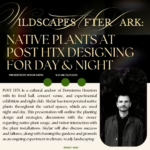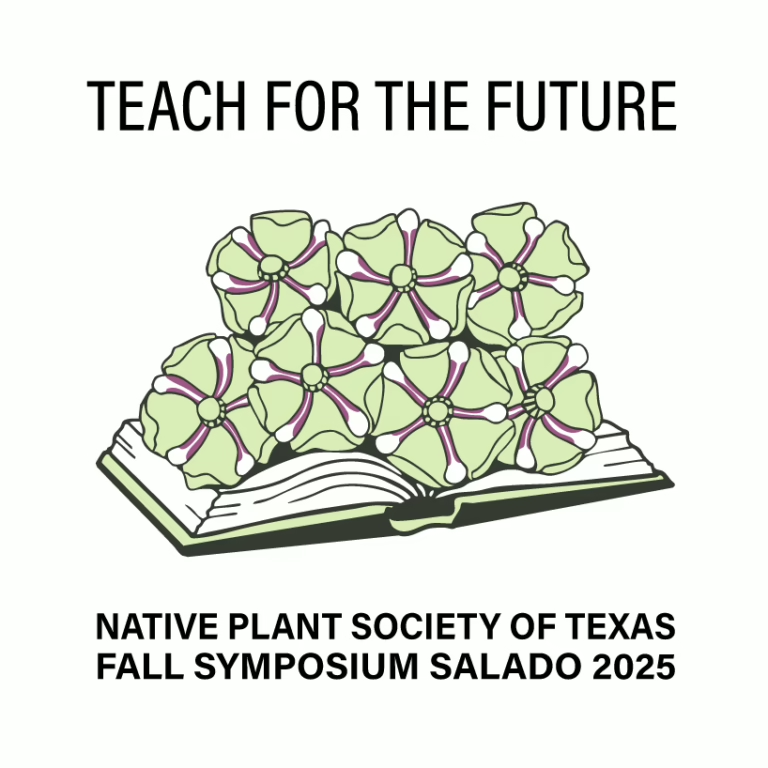Meetings & Events
Our monthly chapter meetings are held on the 3rd Thursdays January – November. Our meetings are free and open to the public thanks to our members and sponsors. Join us Third Thursdays at 7:00 p.m. at the Houston Arboretum!
-
-

NPSOT-Houston Board Meeting
We are always looking for dedicated volunteers who are passionate about the native plant mission. Anyone is welcome to attend our board meetings on zoom for the fun and rewarding work that goes into our various projects.
-
-

NPSOT-Houston Board Meeting
We are always looking for dedicated volunteers who are passionate about the native plant mission. Anyone is welcome to attend our board meetings on zoom for the fun and rewarding work that goes into our various projects.
Chapter News

Proposed 2026 Board
See the proposed 2026 Board volunteers for our election at the November chapter meeting.

Plant Sale Preview – Take Home the Wild!
Don’t leave Wildscapes empty-handed! Our curated plant sale features a variety of native species perfect for Houston gardens. Quantities are limited, and the best selections go fast — so come early, ask questions, and bring home a piece of the wild.

Wildscapes Workshop Speakers
Preview the speakers presenting at our event! We have a great lineup featuring landscape design, toad conservation, bat at work, and lighting the night right.

Wildscapes Workshop Lineup
Check out the lineup of activities for the day and get yourself registered. We will be selling yard signs, NPSOT merch, books, and of course native plants! There will be a silent auction and raffle throughout the day, and exhibitors on hand to include native landscape design firms and other like-minded non-profit organizations.
Watch Previous Events on Our YouTube Channel
Playlist











0:16
0:16
0:16
Amber Leung of Houston Audubon delves into the factors driving bird population decline and explores how we can make a difference.
Learn about Eric Ruchstuhl’s work removing invasive species in Texas and witness the unveiling of his results mapping the lost palms of Texas, Sabal mexicana.
Contact
Officers
- President – Doreen Gallevo
- Vice President – Andy Newman
- Treasurer – Tamara Haygood
- Secretary – Alejandro Carreno
- At Large – Reba Wiles-Gault (Past President), Linda Knowles, Briony Gannon, Lauren Berman, Elizabeth Hidalgo


